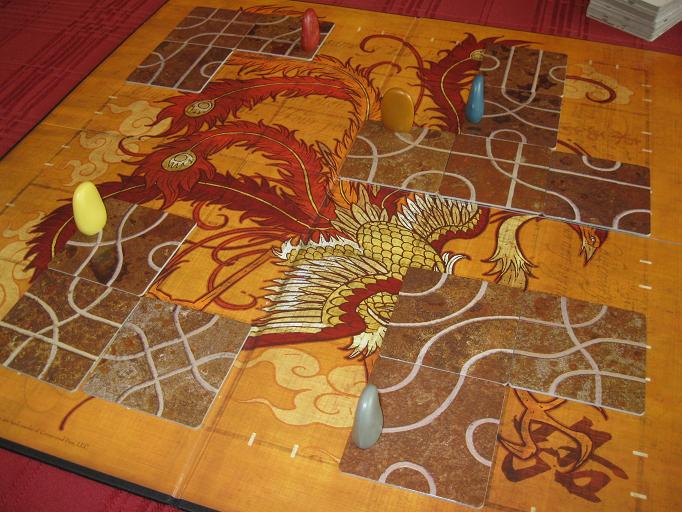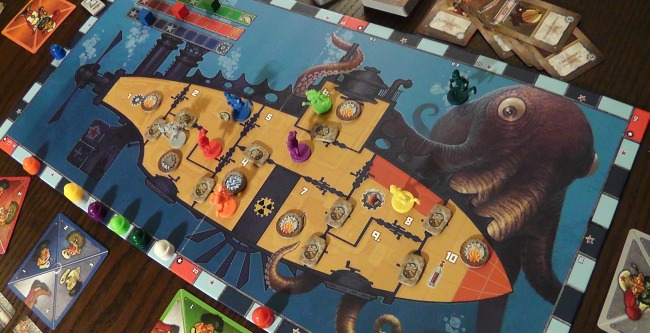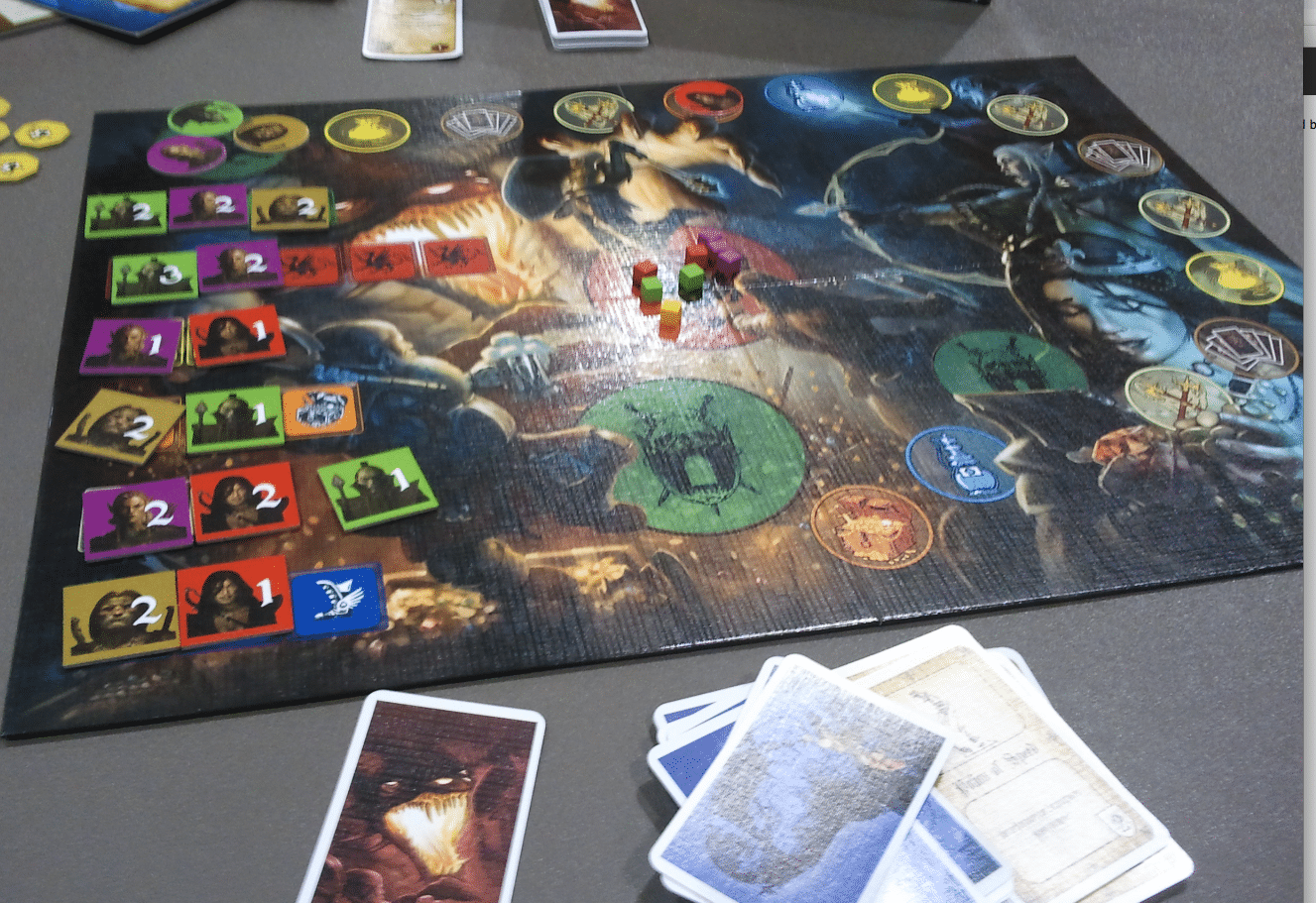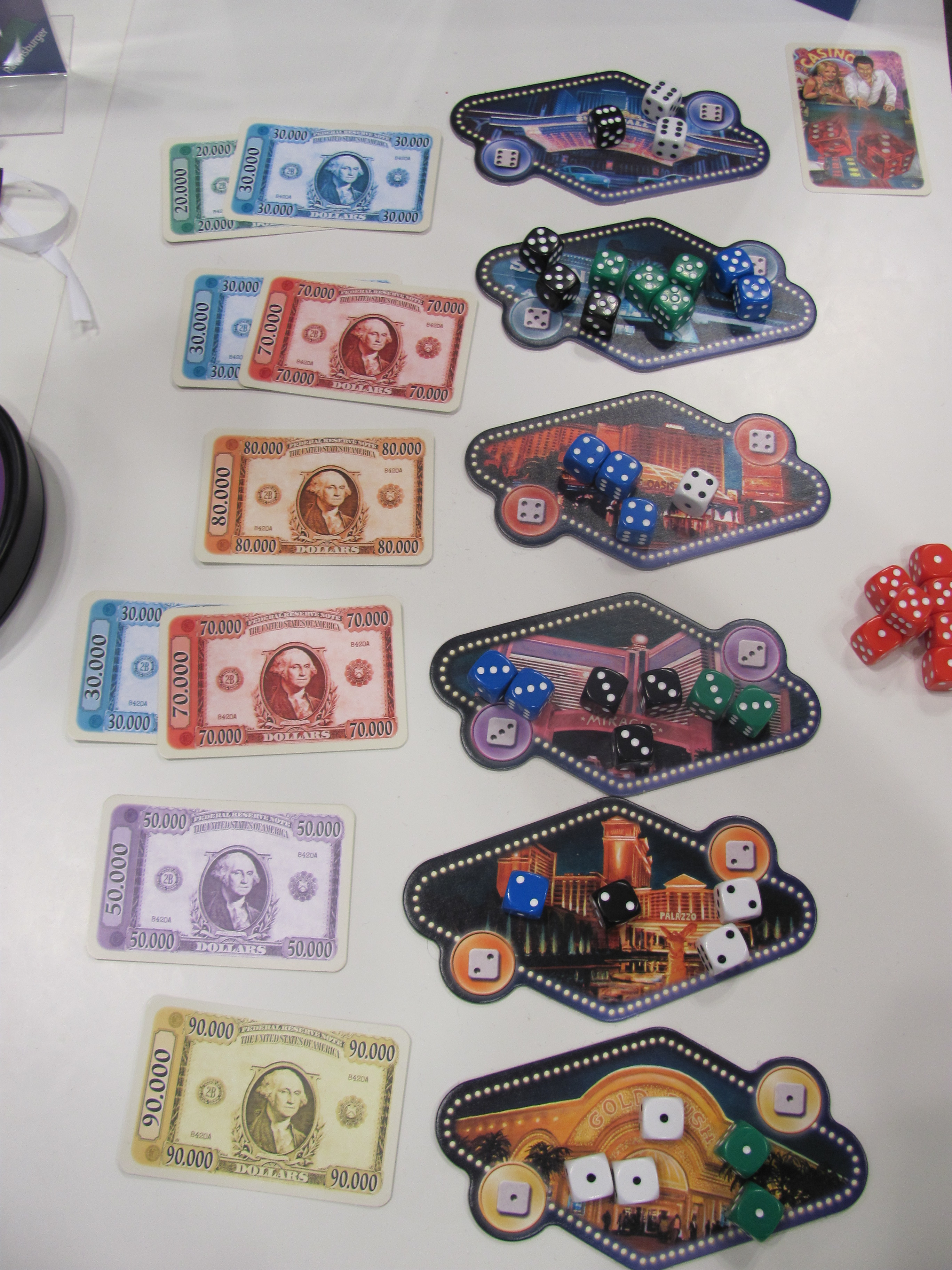In the first year of my career, my promising but flailing startup was acquired wholesale, and I sold my car, packed my meager collection of shitty pressboard furniture and a very confused dog into a U-haul, and trekked across the country to report to work for my first corporate masters. 3DO was, in 1996, coming to grips with the fact that no one wanted to spend $700 bucks for a game console that didn’t have any games, and they were in the process of desperately trying to grab onto an Internet pivot as they swirled their way down the drain. We were part of that pivot.
I was pretty oblivious. Kept my head down, focused on my work. Young kid, unproven, working too hard. Still, I noticed that one of our executives, at the time, seemed to be kind of a real shit. I mean, I rarely had any reason to be around that guy, and only really was even in his orbit in company functions: Friday beer o’clocks, company retreats, holiday parties. You know, company functions with alcohol. And even in my extremely limited observations of the guy, it seemed like he was always finding a new way to be a creep to women. Like the time he told a young, fresh out of school animator that she’d look better naked in his hotel room. At a Christmas Party. In front of several other people.
Most of whom looked unsurprised.
Now, my social skills at the time were roughly on par with Laslo from Real Genius. Still, claxons were going off in my head. I asked around a bit, including women, and they just shrugged. He’s like that a lot. He’s a creep. We warn new girls about him on their first week. I had no idea whether or not his schtick went beyond over-the-line flirting to out-and-out harassment or assault, but I knew that a lot of my female coworkers were made uncomfortable about it, and didn’t want to talk about it.
HR knew. But 3DO needed the guy. 3DO was so supremely terrible at making video games that we were making about as much money suing companies for pretty much idiotic bullshit reasons this guy invented. And he was part of senior management. So nothing happened. I eventually left the company: I got a chance to follow my dream and work for Origin, and that seemed a lot more appealing than being part of the dance band on the Titanic.
3DO would, in fact, succumb to the inevitable and collapse a few years later. On it’s way to the grave, though, two women sued 3DO for sexual harassment and discrimination. Every game studio of a significant size has an ex-employees mailing list, meant primarily for feasting on schadenfreude, and 3DO was no exception. According to that list, the two women were both assistants to ‘that guy’. And no one on the mailing list was surprised.
In the wake of Weinstein, a lot of well-meaning idiots have been basically blaming anyone in the orbit of Weinstein for not DOING something. This ire is mostly aimed at his biggest directors like Quentin Tarantino and Kevin Smith, as well as people who ‘should have known’, like Hillary Clinton, Gwyneth Paltrow, etc. And all of them clearly felt like they could have done more. Much like I did. But here’s the thing: if you don’t have a victim willing to come forward – and offer some form of collaboration, you’re basically throwing accusations based on rumors at an individual and a company with deep legal pockets.
The best you can do is to try to call attention to it and hope the press asks ‘what is that all about’. Which everyone thinks is not nearly enough but, let’s remember, it was enough to take down Cosby.
So a victim needs to come forward, but for decades most didn’t. Why? Lots of reasons but most of them can be summed up easily: power differential. At 3DO, the targets I heard about getting attention were young & fresh out of school. Getting your first games industry job is hard. Getting fired for being a troublemaker is not uncommon. Also, if it’s your first job, there’s an assumption that “This is just how things are out in the real world.”
On top of that, there’s the feelings common with sexual harassment and assault of shame & fear. They take time to absorb. By the time a woman realizes that perhaps she SHOULD speak up, doing so means reliving the trauma. Demanding that women do so is deeply unfair to the women.
You can hate your boss but love your team and have poured your heart and soul into a project, and not want it derailed. There’s a very real chance that the Weinstein Company will be driven out of business by this shitshow. That’s a lot of people out of jobs because of one asshole.
I should note that Weinstein abused the heck out of this instinct, telling would-be accusers that going public would hurt their friends & their movie.
There’s also the factor that lodging accusations at a company likely means getting into an expensive legal fight with someone with near unlimited resources and connections. A girl right off the LA bus likely has close to no ability to meaningfully take on that fight, especially if the company decides to help.
And here’s the most important reason: the odds are likely it goes nowhere. The New Yorker article about Weinstein describes how Ambra Gutierrez did everything correct – went to the cops, took part in a sting, got pretty much an admission on tape. And the DA spiked the case.
Ultimately, the case didn’t get traction until the accusations came out en masse, with dozens of accusations coming out at once. Which took the diligence of the press, gathering all the leads together so it could no longer be considered just a ‘he said she said’ case. And even then, Weinstein was connected enough that NBC was pressured to kill the story.
So yeah, it’s unreasonable to ask victims to burden themselves with getting stepped on by Goliath if they’re unlucky enough to suffer an assault. And it’s also unreasonable to ask anyone who hears anything on the rumor mill to suddenly charge into the breach. Does anyone have responsibility?
Beyond Weinstein himself, of course, who should have been 150% less rape-y than he was.
Well, of course. Read back to what I said above about 3DO. HR knew. They fucking knew. I have no doubt at all that 3DO’s upper management knew as well. Weinstein’s board more than knew – they enabled his behavior, legally protecting his ass and being prepared to swallow the cost of paying off abused starlets as just a cost of doing business. Them firing him now is a case of way too little, way too late.
A victim of abuse at work should feel like they can go to HR, and know that accusations against a predator will be taken seriously. Will be acted upon. If necessary, will be elevated to the company leadership. If this doesn’t happen, if the machinery of a corporation decides to close ranks and protect it’s abusers, there’s precious little that a woman can do.
So if you want to demand that we do better, start by demanding better from the people whose jobs should have been to hold Harvey Weinstein, Donald Trump, Roger Ailes and the myriad of other creeps responsible for their actions, rather than providing them cover.







Recent Comments